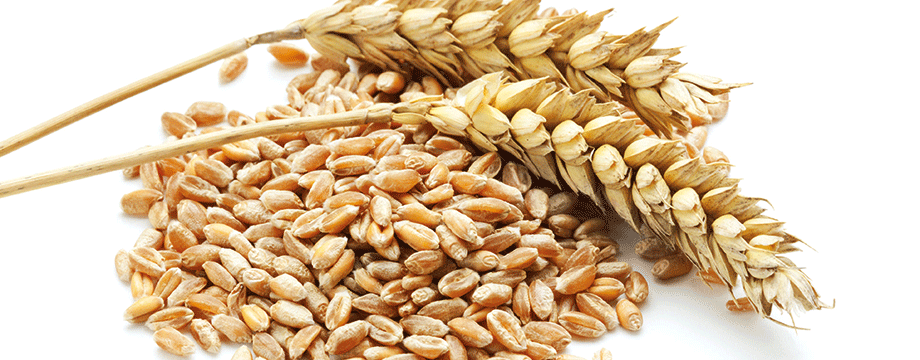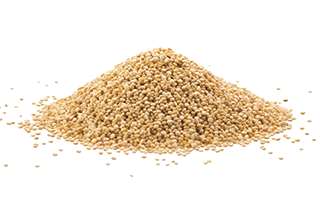A grain of truth

Don’t be afraid to try some new grains and extend your sources of carbohydrates
“Grains have always been really popular as they are so versatile and nutritious and there is a great variety to choose from,” says Lucy Kerr of The Good Earth in Kilkenny. “Some of our most popular grains include quinoa, which is a complete protein including all essential amino acids and is a rich source of fibre and iron and is gluten-free; and buckwheat, which is actually a member of the rhubarb family, is a great source of protein, magnesium and manganese and gluten-free.”
“Carbohydrates, many of which are made from grains, get a really bad press but actually the problem is with the processing and refining,” says Sally Smith of Open Sesame in Ennis, Co Clare.
“Grains come in different forms from flakes to flours, so they can be used in many ways,” says Lucy Kerr. “When choosing grains try and go for wholegrains as they are a complex carbohydrate which give you slow release energy throughout the day. A nutritious breakfast with quinoa or buckwheat flakes, almond milk and sprinkled with chia seeds and some berries would be a great start to the day.”
“I use quinoa grain and flakes a lot,” says Jill Bell at Well and Good in Midleton, Co Cork. “Bulghur and Middle Eastern freekeh are popular. We sell millet grain and flakes; spelt; barley; oats in several forms; three grades of maize (coarse, medium and smooth); barley, pearled and pot; buckwheat grain and flakes. Apart from the more traditional wheat, brown and white flours, we sell lots of blended gluten-free flours, spelt wholegrain and white, tapioca, rice, potato, barley, oat, millet, chestnut, gram, soya and coconut.”

“My favourite healthy grain would probably be brown basmati rice,” says Sally Smith. “There’s so much soluble fibre in it that it really doesn’t cause weight gain. Quinoa is high in protein and really easy to digest. It’s all about flavouring and tamari sauce is a must for me.”
Grain preparation
Some grains can be soaked before cooking but it is not always essential and best to read the packaging. Hard grains such as barley and spelt should be soaked before cooking to make them easier to digest. Most grains can be rinsed if they are not pre-rinsed and stored in airtight containers. Grain flours should be kept in the fridge.
YOUR A-Z OF GRAINS
Amaranth (GF) High in protein, calcium, potassium, magnesium and folic acid. Small ancient grain.
Barley High fibre nutty flavoured grain usually used in soups. Pearl barley cooks more quickly than hulled barley as it has had its outer husk removed.
Buckwheat (GF) Contains all the essential amino acids – calcium, potassium, iron and zinc. High in protein, rich in magnesium. Buy the kernels (groats) in bulk, or buckwheat flour to use in baking.
Bulgur Cracked wheat, high in fibre, low in calories and quick to cook. Traditionally used in cold salads.
Farro Whole wheat kernels – sweet, chewy and nutty. High in fibre, magnesium and vitamins A, E and B. Great in salads and soups.
Freekeh High in fibre and protein. Good in salads and side dishes
Kamut Has a higher percentage of lipids (naturally-occurring fats and oils) than other grains. Good energy source. Larger than other grains, so good in dishes like pilafs.
Millet (GF) Good alternative to couscous. High in nutrients such as magnesium and manganese. The flour can be used for baking.
Oats Soluble fibre content can lead to reduced cholesterol. Naturally gluten-free but sometimes processed in factories that process wheat.
Quinoa (GF) High in protein, iron, potassium and phosphorous. Easily digestible protein. Good in sweet and savoury dishes, cold or hot.
Spelt High in fibre, protein and B vitamins. Easier to digest than standard wheat.
Teff (GF) A small gluten-free grain. High in calcium and vitamin C. Teff flour is good in baking.
GF = gluten-free
Tasty ancient grains recipes to try...
More Rude Food articles...
Articles from our latest issue...